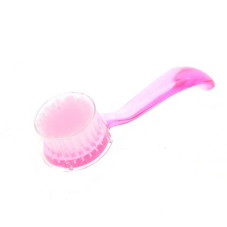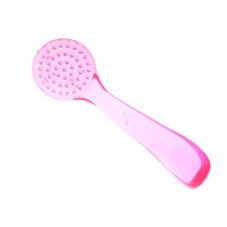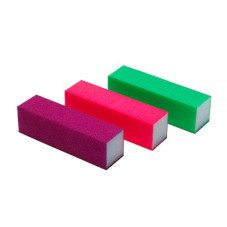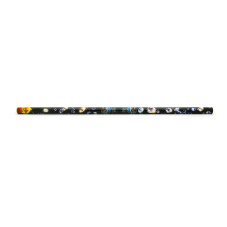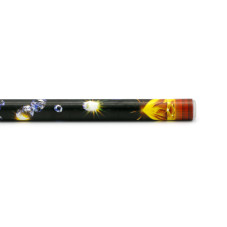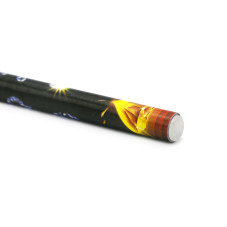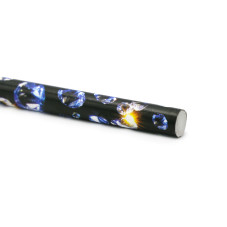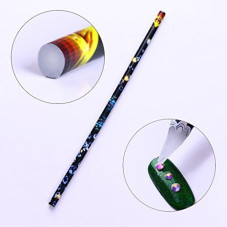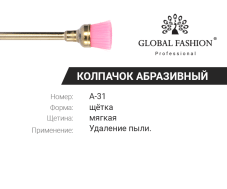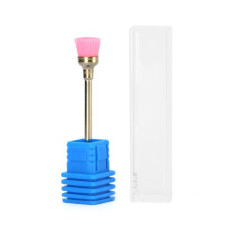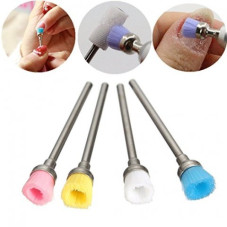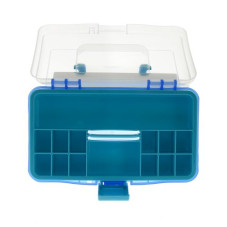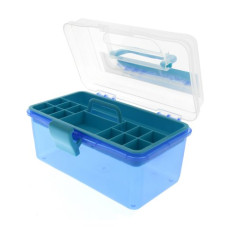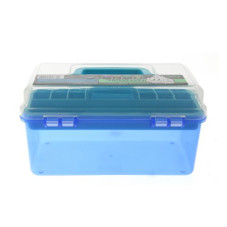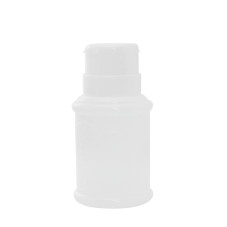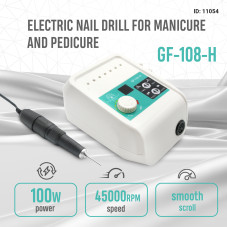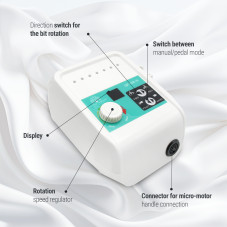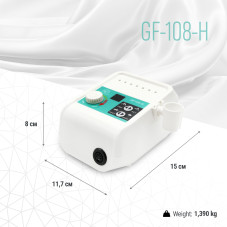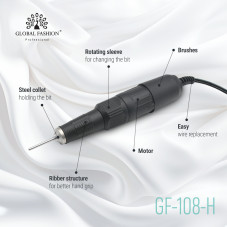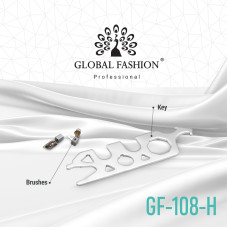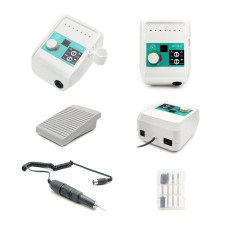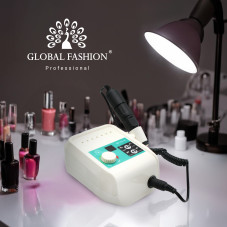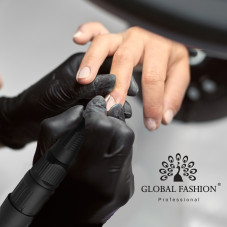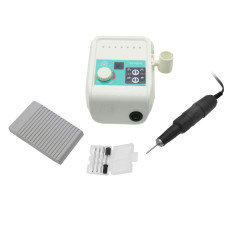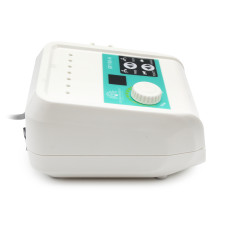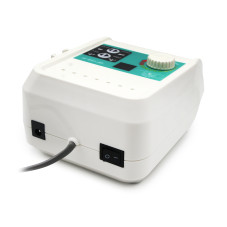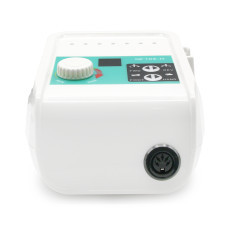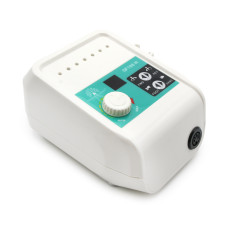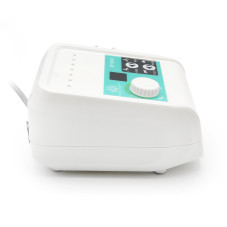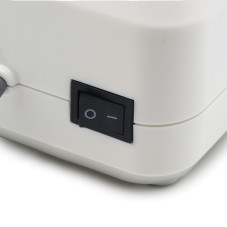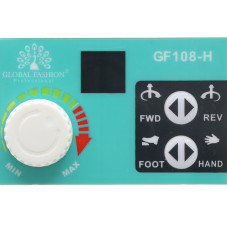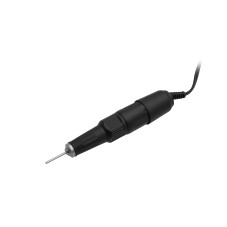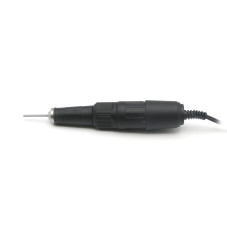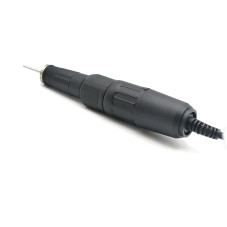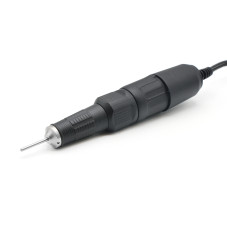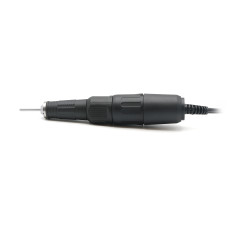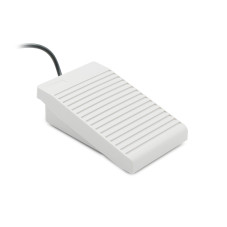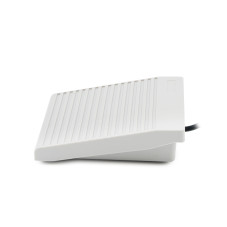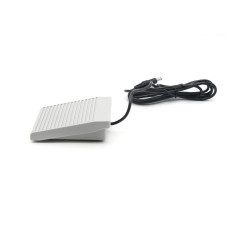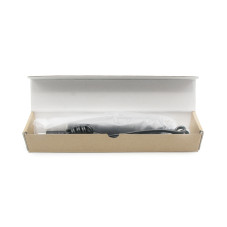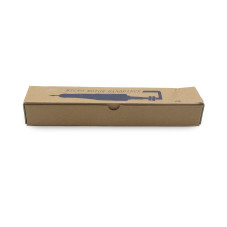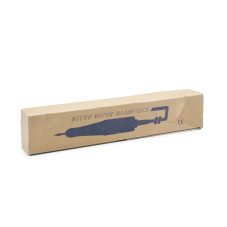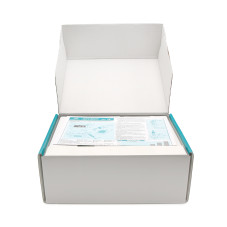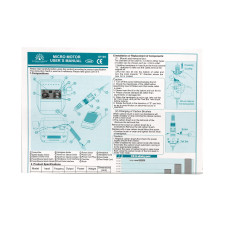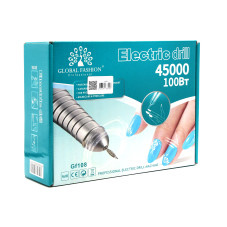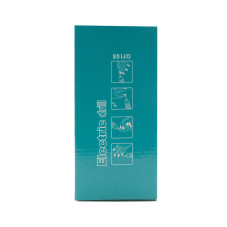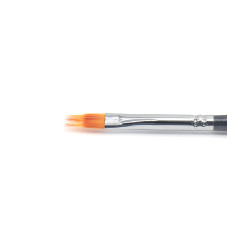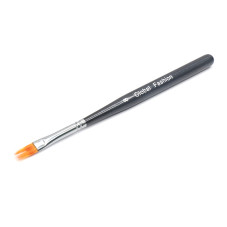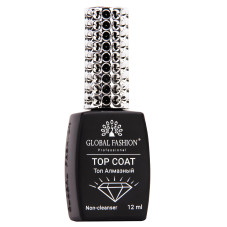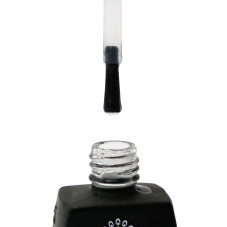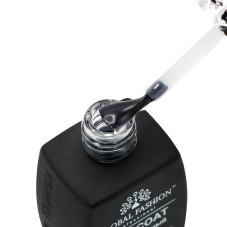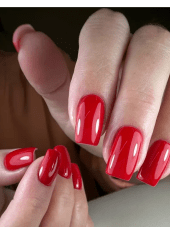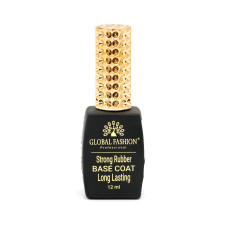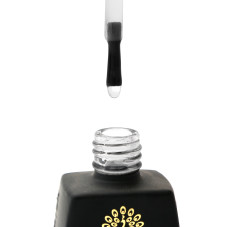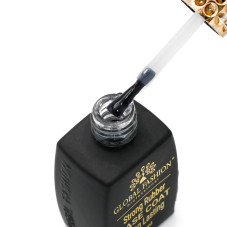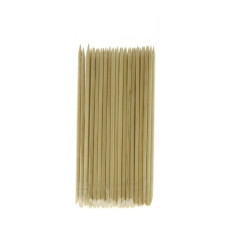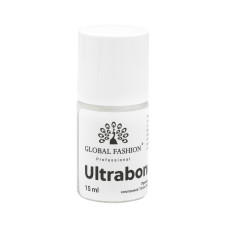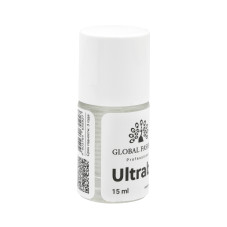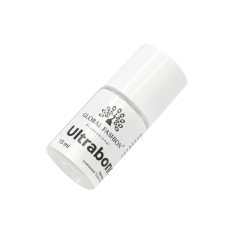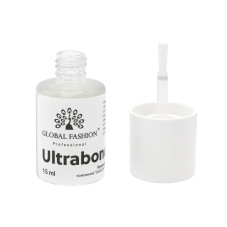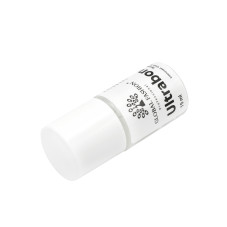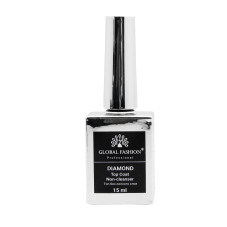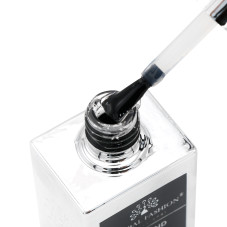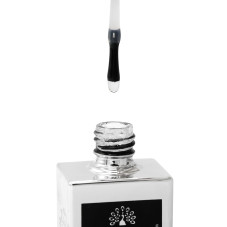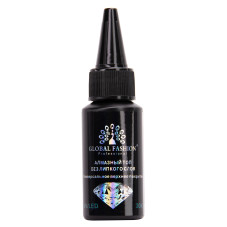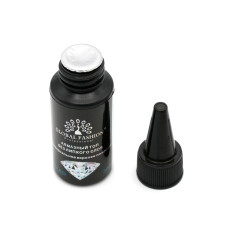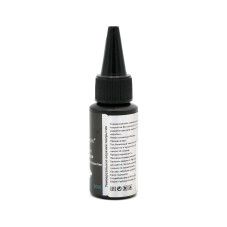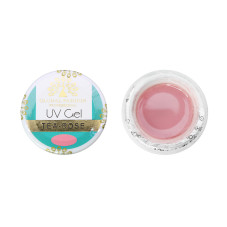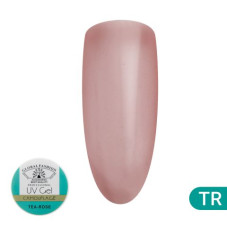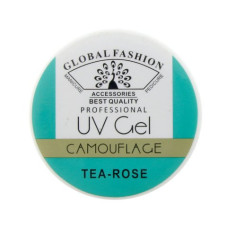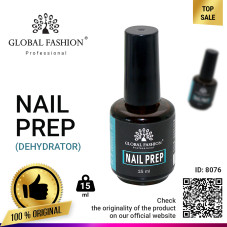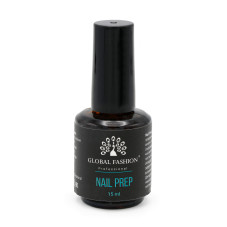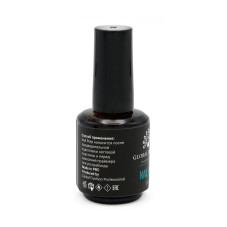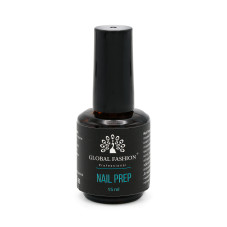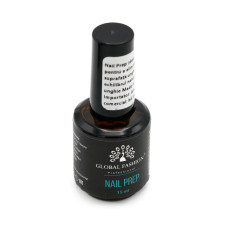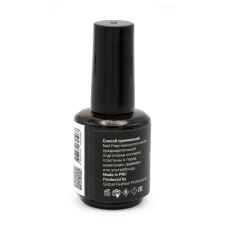Cemented carbides are widely used as cutting and drilling tools in many industries due to their high wear resistance and toughness. However, attaching these carbides to other materials can be a challenging task. The attachment of cemented carbides is crucial to the overall functioning of the tool, and therefore it is essential to consider various factors while attaching them.
One common technique for the attachment of cemented carbides is brazing. In this process, a thin layer of metal, such as silver or copper, is melted and applied to the surface of the carbide. The carbide is then joined to the substrate, and the metal layer hardens, forming a strong bond. Brazing is a well-suited technique for attaching carbide to steel or other metals.
Another technique for attaching cemented carbides is mechanical attachment. This technique involves embedding the carbide in the substrate, such as in the case of nail extensions. This is done by using a milling cutter with a nozzle designed to cut a groove in the substrate. The carbide is inserted into the groove, and then the groove is welded or filled with a filler material to secure the carbide.
The selection of the nozzle for the milling cutter is critical when using a mechanical attachment technique. Nozzles made of carbide exhibit better wear resistance and toughness than those made of steel or other metals. A carbide nozzle is better suited for use on harder substrate materials, such as ceramic, because it can withstand the high temperatures generated by the milling process. The carbide nozzle is also more resistant to wear and tear, which leads to longer tool life.
The carbide nozzle is available in various shapes and sizes to suit different milling applications. The nozzle's shape is crucial as it determines the depth and width of the groove that the milling cutter can cut. A conical nozzle is ideal for use on thin substrates, while a cylindrical or spherical nozzle is better for use on thicker materials.
In conclusion, the attachment of cemented carbides is an essential process that requires careful consideration of various factors. The technique used should be appropriate for the substrate material and the carbide's shape and size. Nozzles made of carbide are a better choice when using mechanical attachment techniques due to their wear resistance and toughness. By selecting the right technique and nozzle, the attachment of cemented carbides can be done correctly, ensuring optimal tool performance and longer tool life.
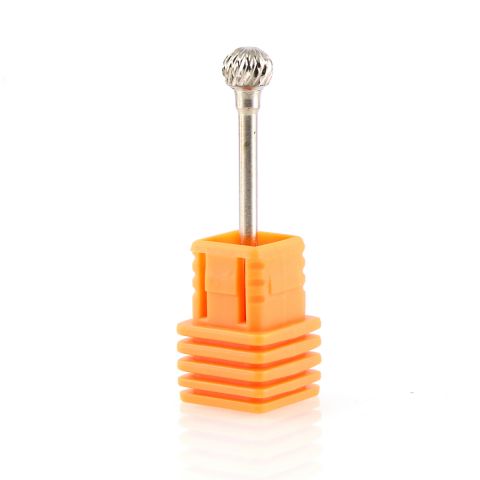
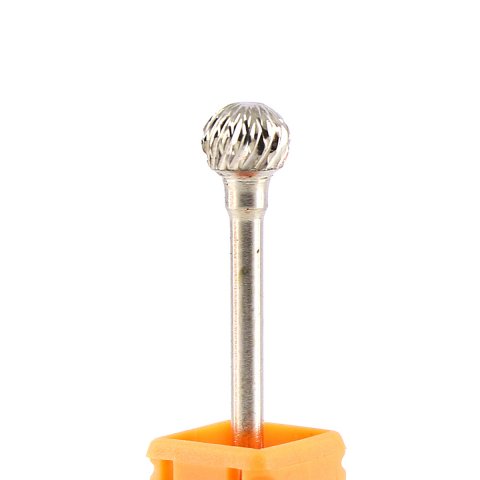
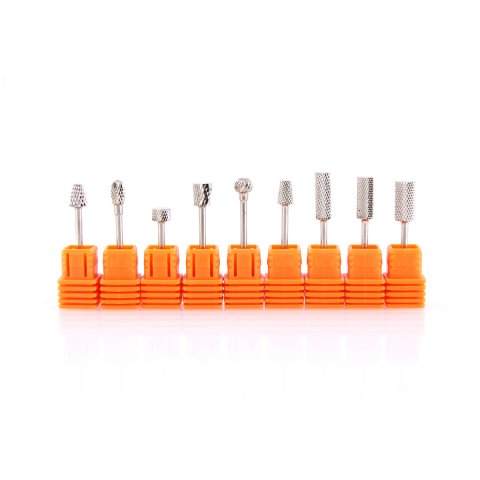
 Product review video:
Product review video:
